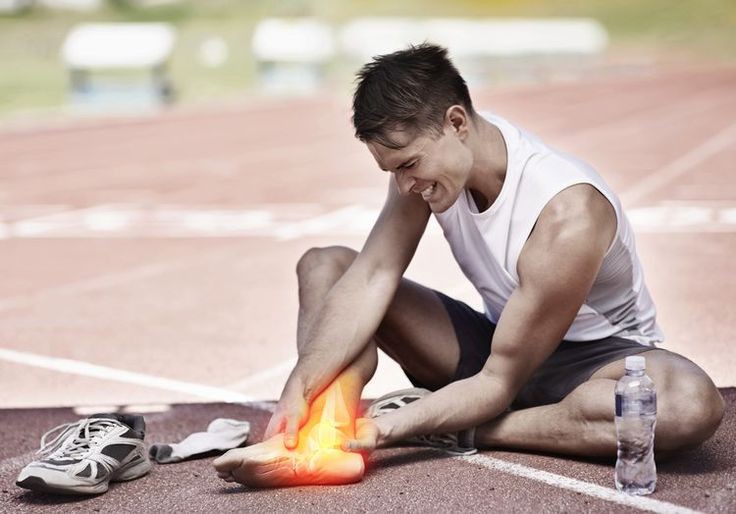Sports injuries are an unfortunate reality for many athletes and fitness enthusiasts. Understanding effective rehabilitation strategies is crucial to ensure a swift and safe recovery. Top physiotherapists provide invaluable insights into managing and overcoming these injuries. This blog post delves into the best rehabilitation techniques for common sports injuries, offering expert advice to help you get back on track.
Understanding Common Sports Injuries
Sports injuries can range from minor sprains to severe fractures. The most common include sprains, strains, tendonitis, and fractures. Each injury requires a tailored rehabilitation approach to ensure proper healing and prevent future complications.
Sprains and Strains
Sprains and strains are among the most frequent sports injuries. A sprain involves the stretching or tearing of ligaments, while a strain affects muscles or tendons. The severity of these injuries can vary, but early intervention is essential.
Immediate Treatment
The R.I.C.E. method—Rest, Ice, Compression, and Elevation—is a widely recommended immediate treatment. Resting the injured area prevents further damage, while ice reduces swelling. Compression with bandages and elevation of the injured limb above heart level also help control swelling and pain.
Rehabilitation Exercises
Gradual reintroduction of movement and strengthening exercises are crucial. Physiotherapists often recommend exercises that focus on flexibility, balance, and strength. These exercises may include stretching, resistance band exercises, and proprioceptive training to improve balance and coordination.
Tendonitis and Its Management
Tendonitis, the inflammation of a tendon, is another common sports injury. It often results from overuse and can cause significant pain and discomfort. Effective management is key to a full recovery.
Reducing Inflammation
Reducing inflammation is the first step in managing tendonitis. Physiotherapists suggest applying ice to the affected area and using anti-inflammatory medications as prescribed. It’s also important to avoid activities that exacerbate the condition.
Strengthening and Flexibility
Once the inflammation subsides, focus shifts to strengthening and increasing the flexibility of the affected tendon. Eccentric exercises, which involve lengthening a muscle under tension, are particularly effective. Stretching routines and gradual load-bearing activities also play a vital role in recovery.
Fractures: Healing and Rehabilitation
Fractures require immediate medical attention and often involve immobilisation with casts or splints. Rehabilitation after a fracture is crucial to regain full function of the injured area.
Initial Healing Phase
During the initial healing phase, rest is paramount. Physiotherapists monitor the progress and may recommend gentle movements to prevent stiffness. Maintaining a healthy diet rich in calcium and vitamin D supports bone healing.
Gradual Rehabilitation
As the fracture heals, physiotherapists introduce weight-bearing exercises to restore strength and mobility. These exercises should be performed under professional guidance to avoid re-injury. Activities may include resistance training, balance exercises, and functional movements that mimic daily activities.
Preventing Re-Injury
Prevention of re-injury is a critical component of sports rehabilitation. Physiotherapists emphasise the importance of proper technique, adequate warm-up, and regular strength and flexibility training.
Proper Technique and Equipment
Using correct techniques during sports and exercise reduces the risk of injury. Physiotherapists often provide guidance on proper form and may recommend equipment that offers better support and reduces strain on vulnerable areas.
Warm-Up and Cool-Down
A thorough warm-up before physical activity prepares the body for exertion and reduces the likelihood of injury. Similarly, a cool-down period helps return the body to its resting state and aids in recovery. Stretching exercises should be incorporated into both warm-up and cool-down routines.
Expert Guidance from Physiotherapists
For personalised rehabilitation strategies, consulting with a physiotherapist is essential. At Fortify Fitness Physio Altona North, expert physiotherapists offer tailored rehabilitation programmes to help you recover from sports injuries efficiently and safely.
Conclusion
Rehabilitation of sports injuries requires a strategic approach guided by expert advice from physiotherapists. By understanding the nature of your injury and following appropriate rehabilitation techniques, you can ensure a quicker and more effective recovery. Prioritising prevention through proper techniques and routines will also help maintain your physical health and reduce the risk of future injuries. For expert support, consider consulting a physiotherapist to develop a personalised rehabilitation plan tailored to your specific needs.












Leave a Reply